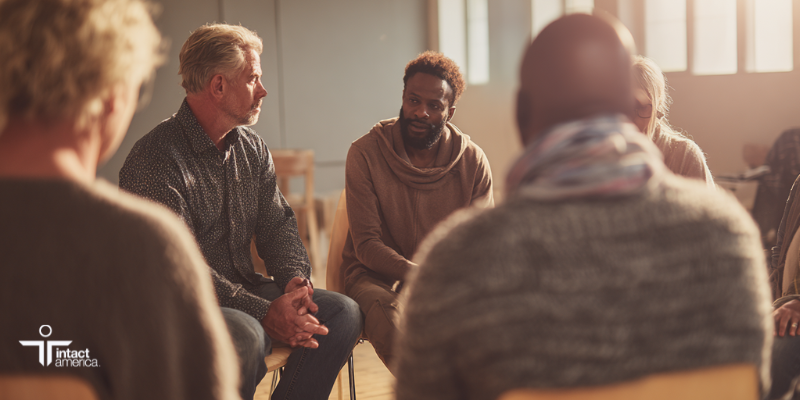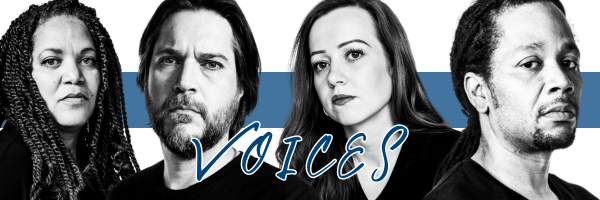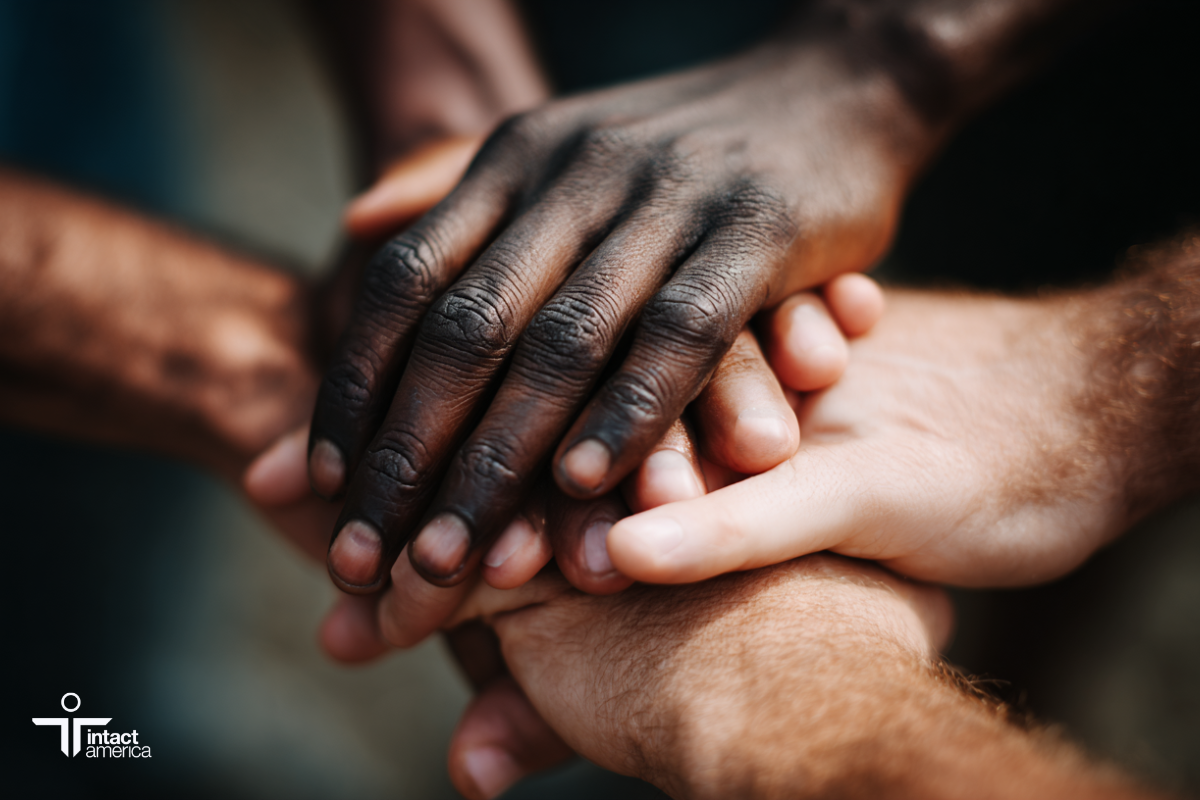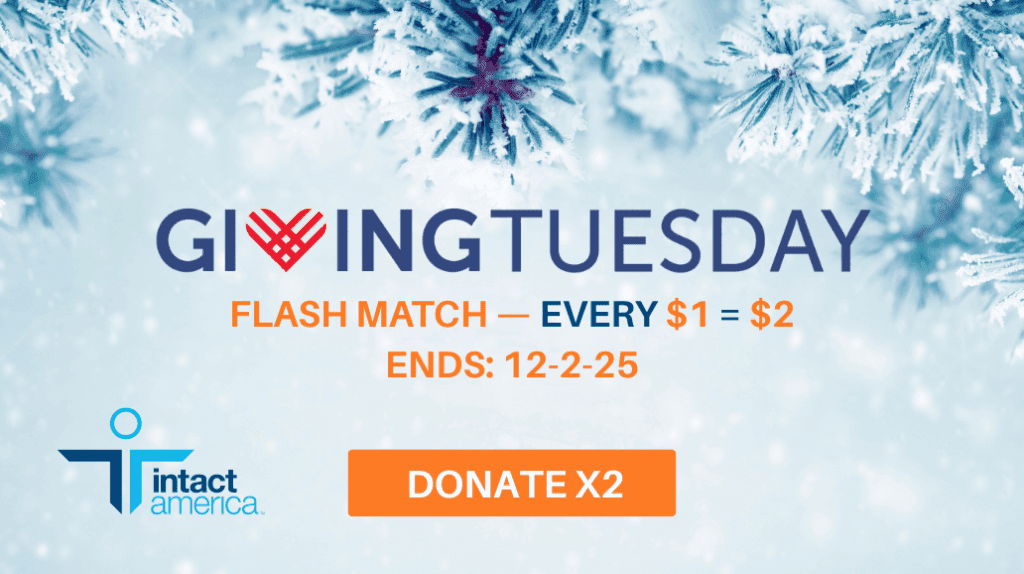
My name is Eugene Belilovsky, and I am one of the facilitators in Intact America’s support group program for people affected by circumcision. Many of the participants in our group are men who carry a heavy burden of trauma from what was done to their bodies as newborns. They grapple with a mix of emotions—betrayal, anger, grief—and often deal with the physical consequences of having a normal, functional part of their anatomy amputated without medical necessity or consent. I chose to help facilitate Intact America’s support group program because this is a cause I feel very passionate about.
I first heard about Intact America many years ago at my grandparents’ apartment. A Russian-language radio talk show out of Brooklyn was playing, and the host was discussing circumcision. He mentioned Intact America and its executive director, Georganne Chapin. I made a mental note to look them up, because even at that time, I already had strong feelings against circumcision and wanted to learn more.
When I was around five years old, my family moved from Ukraine to the United States. Ukraine had been part of the Soviet Union for decades, and even among Soviet Jews, overall, circumcision was rare after the 1920s. I am Jewish, but I would describe myself as spiritual but not religious. Circumcision was not practiced in my immediate family. Growing up in the U.S., I realized I was different from many boys. I remember hearing negative comments about being intact, and I sometimes wondered whether something was wrong with my body. Eventually, I came to understand that nothing was wrong with me—what was wrong was that many Americans had been subjected to a harmful procedure and taught to believe that it was “normal.”
As I grew older, I learned more about circumcision and discovered how much misinformation surrounds it. The more I read, the clearer it became that there is no legitimate medical reason for routine newborn circumcision—only harm. Most men around the world are intact, and most developed countries do not practice routine circumcision. The United States is an outlier. Even so, the U.S. circumcision rate has been steadily declining, which is encouraging to see.
In terms of religion and circumcision, religious texts contain many prescriptions that the vast majority of people in the world do not interpret literally today. For example, the Old Testament calls for stoning people to death for certain offenses, something that is universally rejected in developed countries. In addition, the New Testament includes directives like cutting off your right hand and throwing it away, if it causes you to sin, and tearing out your right eye and throwing it away, if it causes you to sin. Most people would agree that these passages are not meant to be interpreted in a literal manner. The same common sense should be applied to circumcision. Religious writings may say many things, but interpretation must be guided by compassion, ethics, and modern human values.
Intact America’s support group program provides a much-needed haven for anyone affected by circumcision. No participant should ever feel dismissed or ridiculed by a therapist when they seek help for circumcision-related trauma. Unfortunately, many men have shared that past therapists minimized or mocked their concerns. That is incredibly harmful, inappropriate, and deeply disappointing—especially coming from professionals who are supposed to listen and support.
Facing these challenges alone can be isolating. I’m grateful that Intact America created this support group program and the Therapy Partners page. Our participants have been wonderful. From the very first session, people were open about their experiences and consistently supportive, respectful, and kind when others shared. It’s powerful to see how healing it can be to connect with others who truly understand—not just regarding circumcision, but any form of trauma or struggle.
I believe Intact America’s support group program fills a very important gap by offering a safe, validating space for people affected by circumcision. It has been rewarding to help create this environment—one where people can share, connect, feel heard, and support each other as they process their experiences.






No Comments